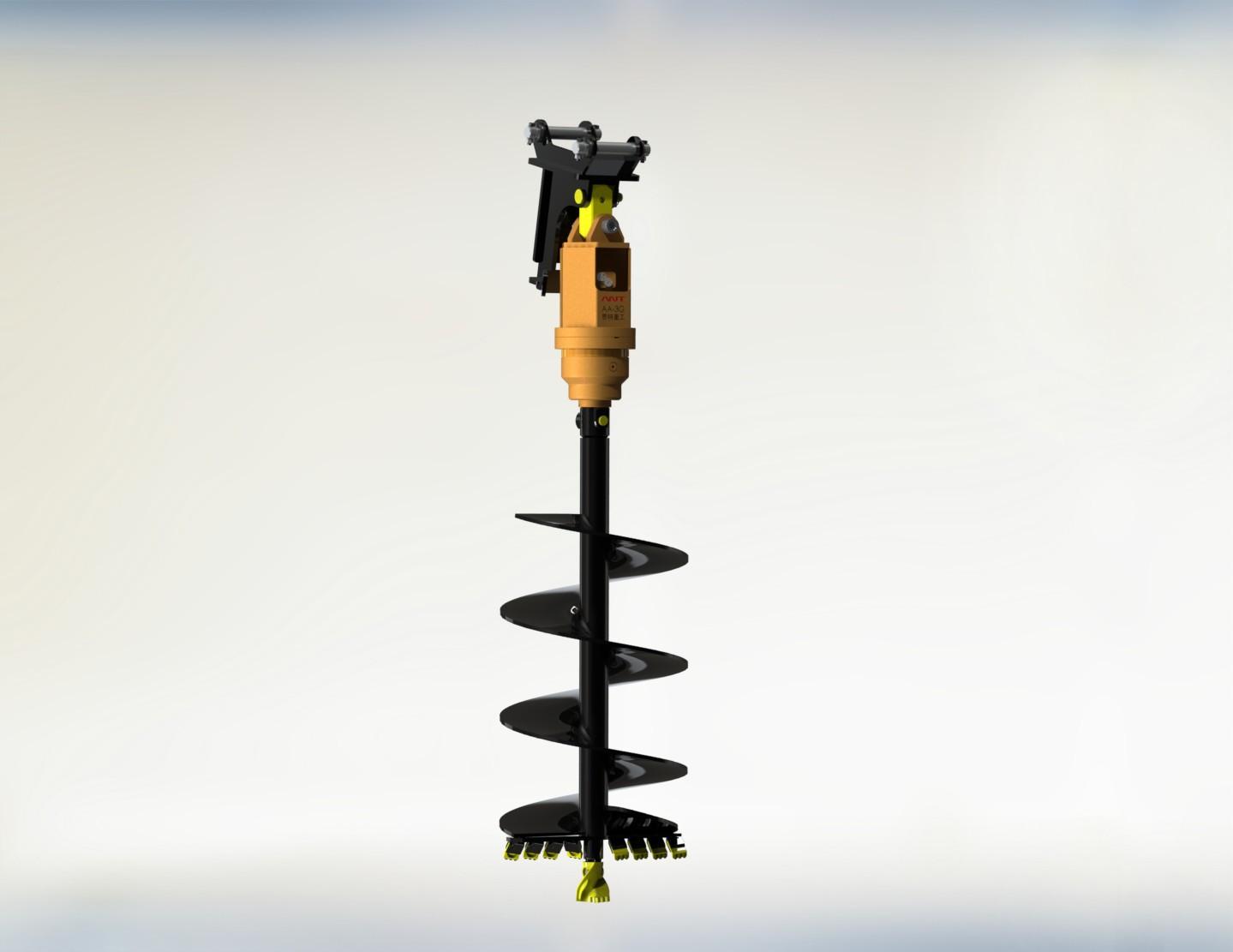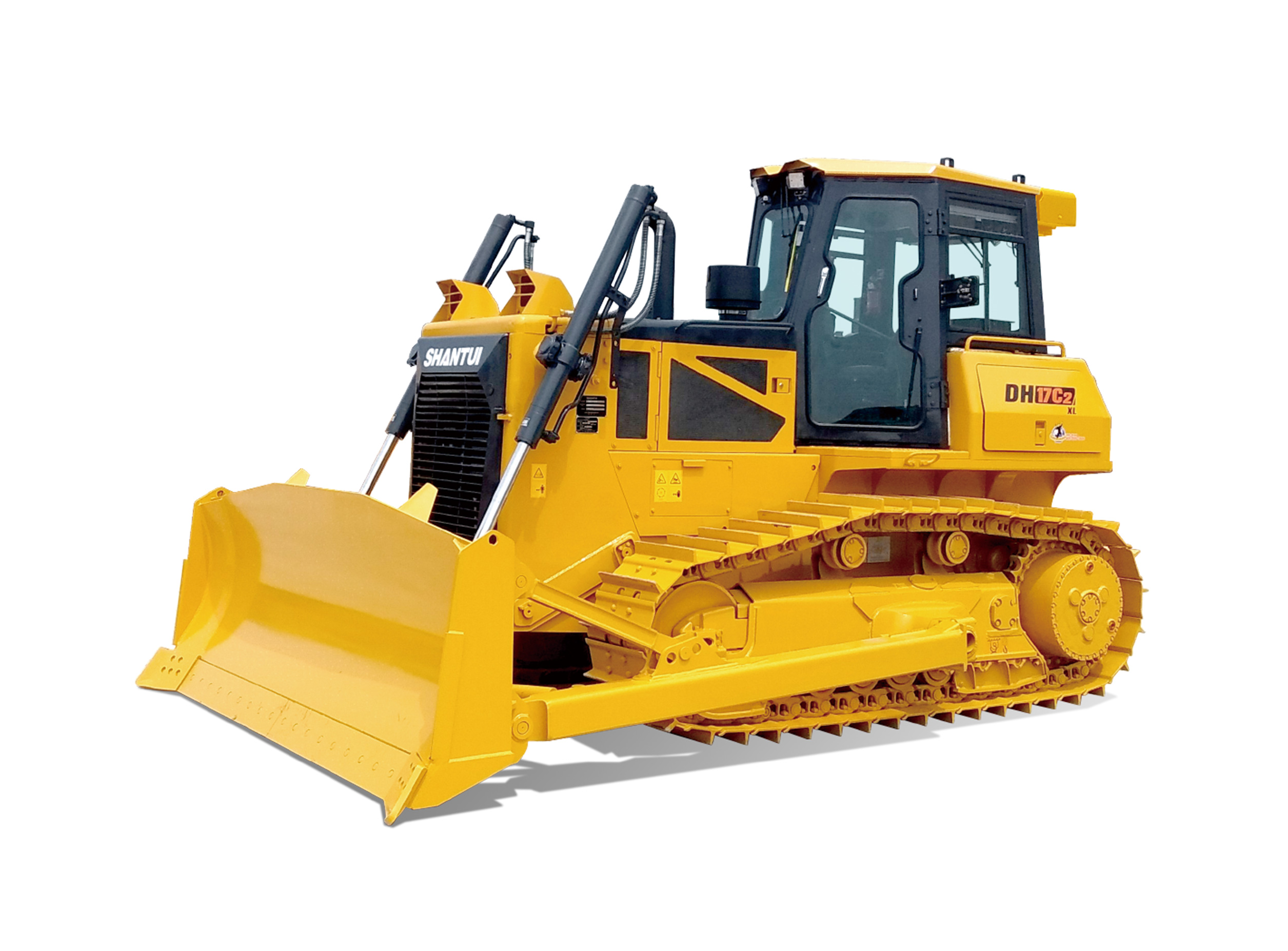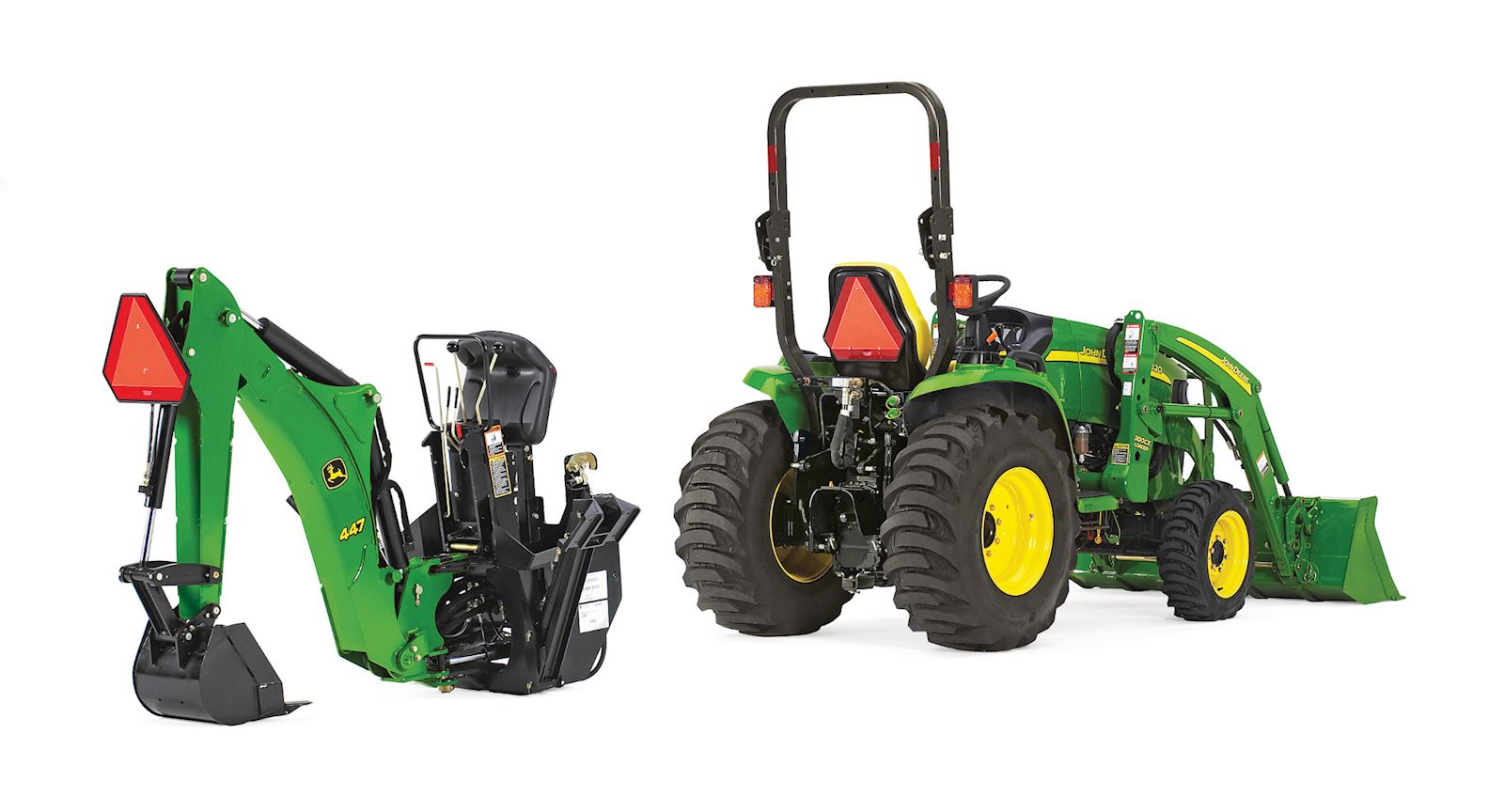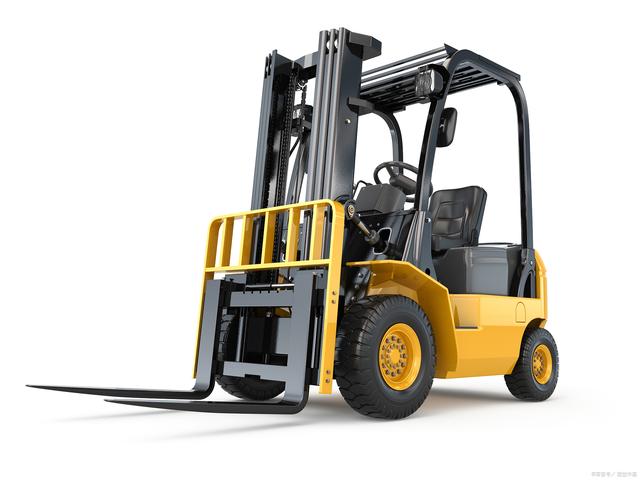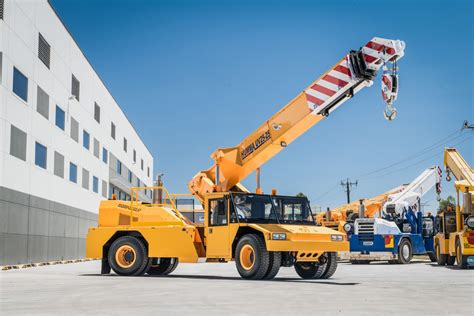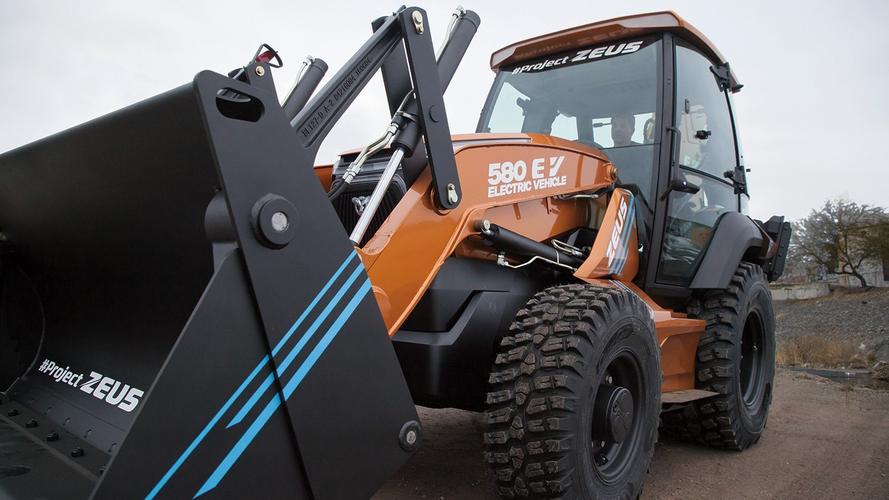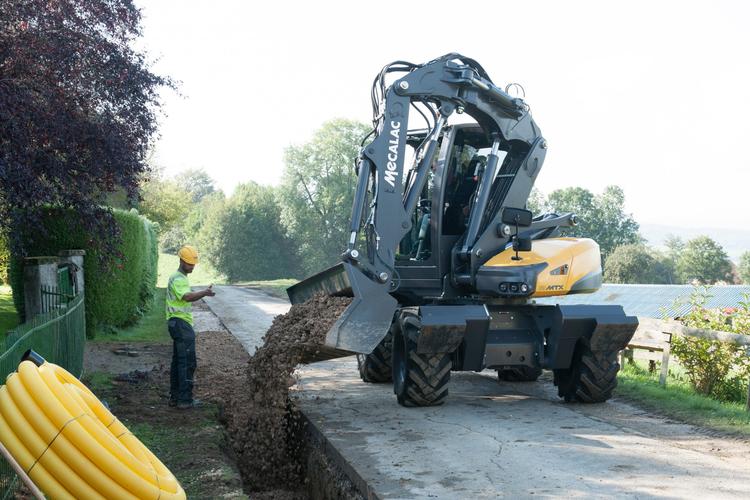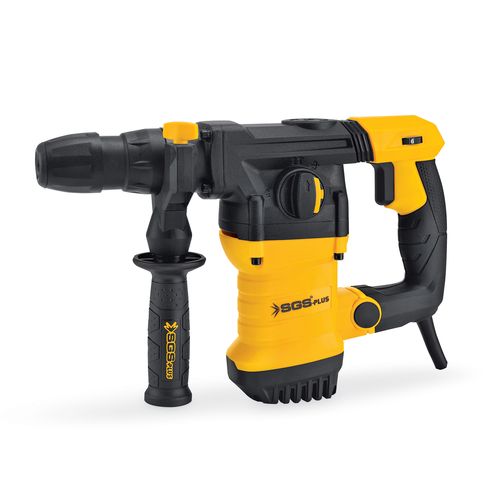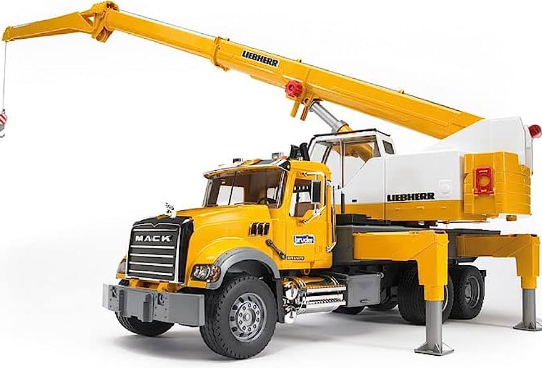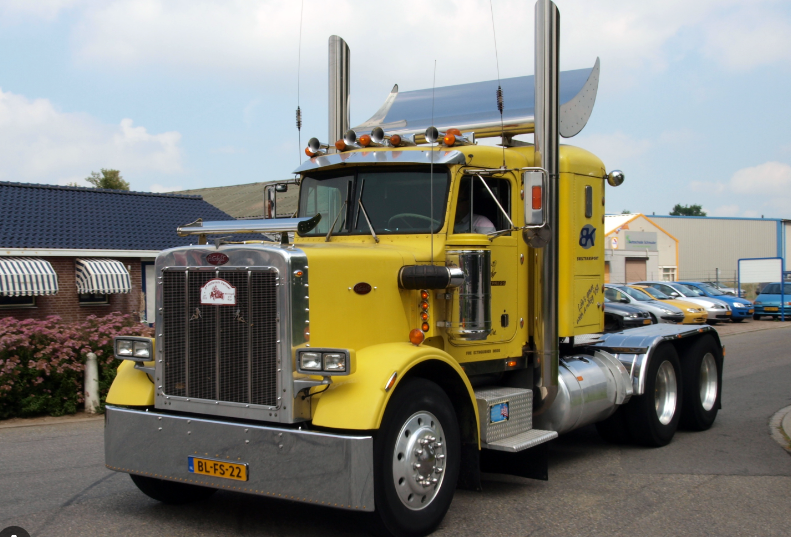Tractor trailers, also known as semi-trucks and big rigs, are essential for transporting goods and products across the country. Building a tractor trailer is a complex process that requires several different components to come together to create a functioning vehicle. In this article, we will discuss the steps involved in building a tractor trailer.
Step 1: Design
The first step in building a tractor trailer is to design a blueprint for the vehicle. This involves determining the dimensions, weight capacity, and other specifications of the trailer. The blueprint will also include information about the materials needed to build the trailer, such as steel for the frame, aluminum for the body, and various mechanical components.
Step 2: Frame
Once the design is complete, the first major component to be built is the frame. The frame is the backbone of the trailer and provides the necessary support for the rest of the components. Typically, the frame is made of steel and is constructed in sections that are welded together to create the final structure.
Step 3: Axles and Suspension
The next step in building a tractor trailer is to install the axles and suspension system. The axles are responsible for supporting the weight of the trailer and ensuring that the trailer can be moved smoothly. The suspension system helps to absorb shocks and bumps while driving. The placement of the axles and the type of suspension used is determined by the trailer's weight capacity and the intended use of the vehicle.
Step 4: Body and Components
After the frame and suspension system are in place, the next step is to install the body and other components. The body of the trailer is usually made of aluminum or other lightweight materials. The body will include doors, windows, vents, and other features necessary for loading and unloading cargo. Other components, such as the braking system, lighting system, and electrical system, are also installed at this stage.
Step 5: Testing and Inspection
Once the tractor trailer is assembled, it needs to undergo testing and inspection to confirm that it meets safety and regulatory standards. The brakes, lights, and other components are tested to ensure that they are functioning properly, and the trailer is weighed to ensure that it is not overweight. Once the trailer passes all tests and inspections, it is ready to be put to use.
Conclusion
Building a tractor trailer is a complex and challenging process that requires expertise in engineering, carpentry, and metalworking. By following the steps outlined in this article, you can gain a better understanding of what it takes to build a functioning tractor trailer. Whether you are in the transportation industry or simply have an interest in mechanics, understanding the process behind building a tractor trailer can be both educational and fascinating.

